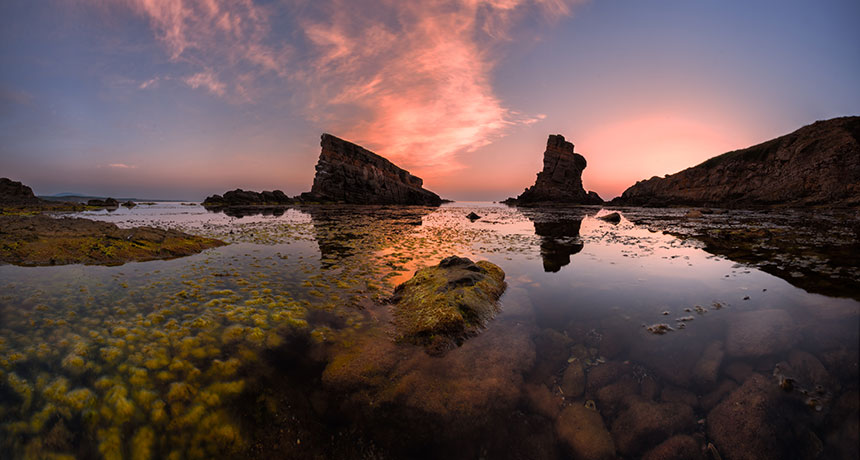Fleeting dead zones can muck with seafloor life for decades
Effects of low-oxygen conditions could offset some human-caused warming, but at a price

SUFFOCATING SEA The effects of low-oxygen conditions on seafloor communities linger even when oxygen returns, suggests a new study comparing oxygen and ecological activity in the Black Sea (shown).
RussAsanov/iStockphoto